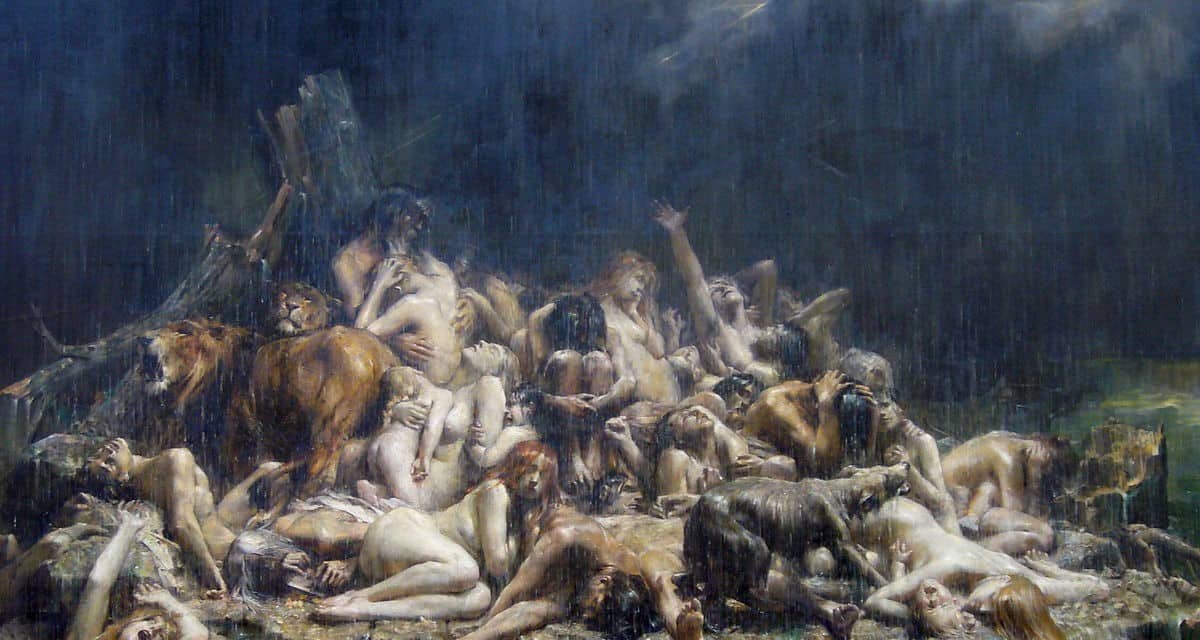Myths are powerful things. They shape civilizations both past and current. Some stand as the bedrock for religious beliefs. They can be the basis on which the views of one society apply to another. Much of history as it is widely known is based on myths, which allows them to influence opinions on more recent events. They create heroes and villains, martyrs and tyrants, affecting science, history, biography, politics, even food and nutrition. Many of the myths of the ancient world and its diverse societies borrow freely from one another. Repetitive themes occur with frequency in the sagas of the Norse, the Ancient Greeks, the Romans, the Arab world, and the Hebrew Bible and Christian Old Testament.

Among them are the mythical tales of brothers falling out. The founding of Rome by the brothers Romulus and Remus finds similarities with the tale of Cain and Abel related in Genesis. In both, the brothers offer sacrifices to their Divinity, only to find just one acceptable. In both, the rejected brother slays his sibling. Numerous tales of brothers becoming rivals, often over the attention of a woman, dot the mythology of ancient North American Indian tribes. More recently, myths arose over the exploration and colonization of the New World by European adventurers and settlers. Here are some of the most epic stories from myths from civilizations and societies around the world.

1. The myth of the Great Flood
The Hebrew Bible and Christian Old Testament contain the story of Noah, the Ark, and the survival of humanity and the animal kingdom from the Great Flood. It is far from the only version of such a tale. The Epic of Gilgamesh, an ancient Mesopotamian poem, relates a similar tale. Gilgamesh predates the Biblical version in Genesis, and in itself drew portions of the tale from an even earlier story, the Epic of Atrahasis. They are not the only sources of the Great Flood myth. In Ancient Greek myths, Zeus decided to destroy civilization with a flood. Warned by the Titan Prometheus, Deucalion built an ark, in which he and his wife survived the flood and landed after nine days and nights on the mountain Parnassus. A similar tale appeared in Hindu mythology, in which Manu (the first man) survived the flood after a fish warned him of its imminence.
Ancient Chinese cultures, North and South American civilizations, Norse myths, and others all described the destruction of humanity via a great global flood. Variations among details appear, but the gist of the story remains constant. An angry deity destroyed the world through a great flood, determined to start over. Many religious sects of diverse beliefs consider the story of a global flood historically accurate. Science does not. Geologists, paleontologists, and scholars of natural history all consider the story to be a myth, though they do not discount massive localized flooding. The diversity of animal life across the globe also indicates that the story is a myth. For example, when Noah rounded up the animals as told in Genesis, where could he have found a kangaroo or a penguin? After all, according to another myth, he also failed to find a unicorn, leading to their extinction.

